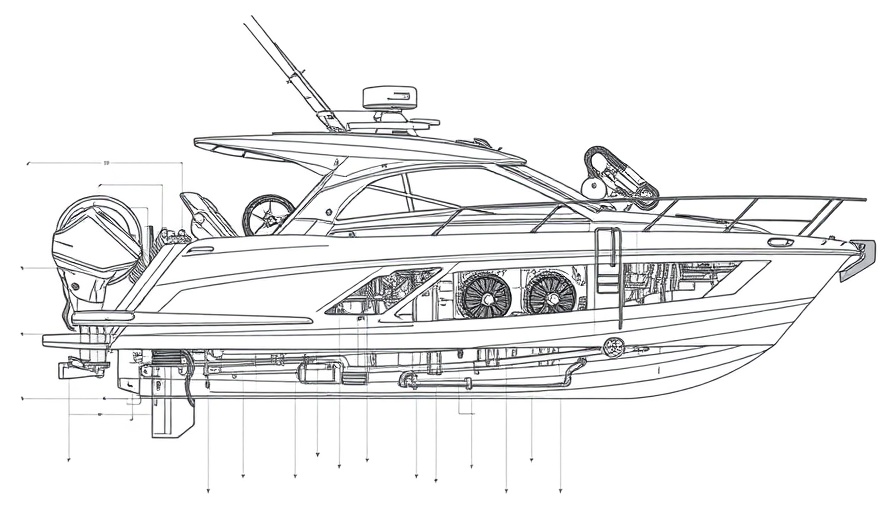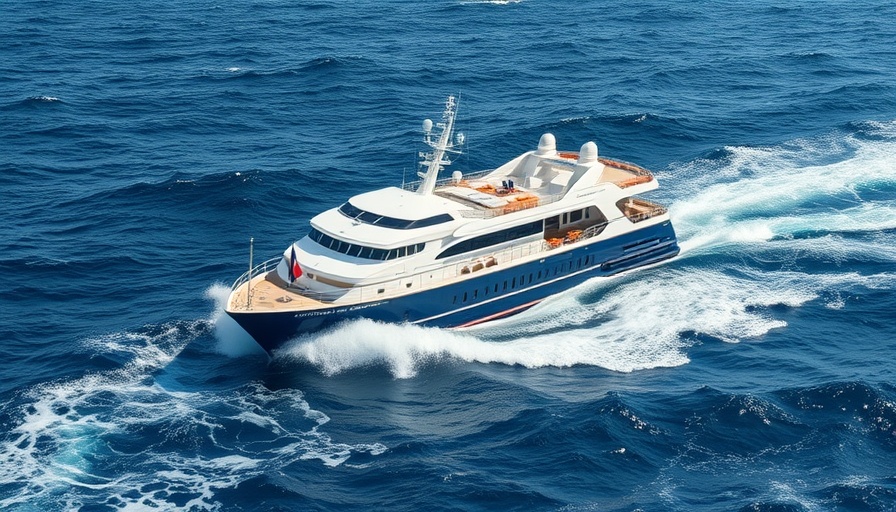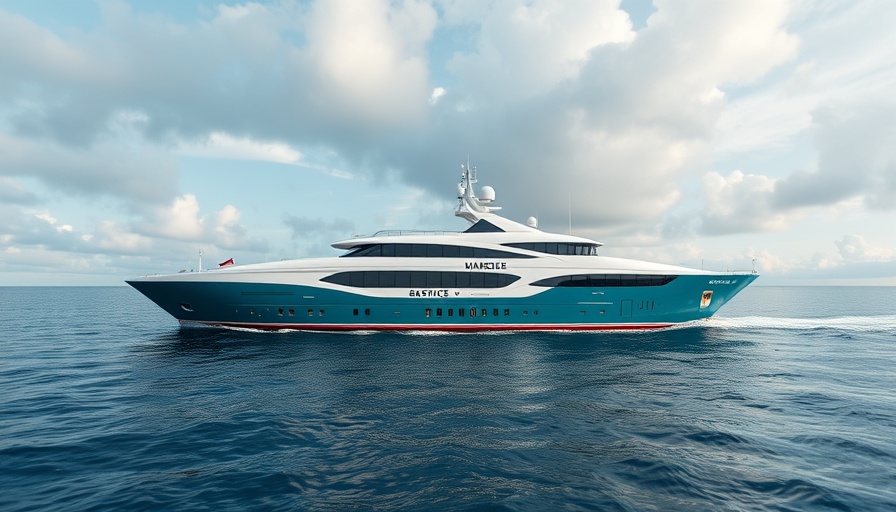
Introducing the Harbor Charger: A New Era for New York Ferries
The Trust for Governors Island recently unveiled the Harbor Charger, a groundbreaking hybrid-electric ferry that promises to revolutionize maritime transportation in New York State. Launched on August 12, coinciding with the 20th anniversary of Governors Island’s public access, this vessel is not only the first hybrid-electric ferry in the region but also a testament to the commitment towards sustainability and innovation.
Historic Milestone in Sustainable Transport
At a cost of $33 million, the Harbor Charger reflects significant investments into greener technology. This new craft can carry up to 1,200 passengers and 30 vehicles, offering a speed increase of up to 66% compared to existing ferries. By dramatically reducing both emissions and travel time, it aligns with New York's ambitious climate goals.
Technology Behind the Transformation
Equipped with Siemens Energy’s advanced BlueDrive Eco diesel-electric propulsion system, the ferry operates using both battery-only power and battery-assisted hybrid modes with diesel backup. This hybrid system enables the Harbor Charger to operate in three modes: zero-emission, battery-only, and hybrid, with expected annual reductions of nearly 600 tons of CO2 emissions. The imminent installation of shoreside charging facilities will further enhance its eco-friendly capabilities, potentially cutting an additional 800 tons annually.
A Community Inspired Name
The Harbor Charger’s name was the result of a citywide competition that drew over 800 submissions. Brooklyn resident David Kurnov's winning entry embodies a sense of community involvement and pride. According to New York City Mayor Eric Adams, this initiative enhances the historical journey of Governors Island, transforming it into a hub for climate education and research.
Future Trends in Maritime Transportation
As we move forward, the Harbor Charger serves as a model for other cities aiming to implement sustainable transport solutions. With increasing maritime traffic and heightened environmental concerns, innovations such as this hybrid ferry may set a precedent for cities worldwide, encouraging a shift towards greener public transportation alternatives.
Connecting People with Nature
The Harbor Charger is not just about transportation; it is a vehicle connecting New Yorkers with their natural surroundings. By powering trips to and from a destination revered for its green spaces and research initiatives, the ferry emphasizes the need for sustainable travel that takes into account both environmental and community welfare.
Your Role in Promoting Sustainable Transportation
As citizens and visitors to New York, you hold the power to support sustainable practices. The launch of the Harbor Charger highlights the importance of eco-conscious choices in public transport. Consider utilizing this new service to enjoy quicker, cleaner trips to Governors Island and advocate for further advancements in sustainable infrastructure.
 Add Row
Add Row  Add
Add 




Write A Comment